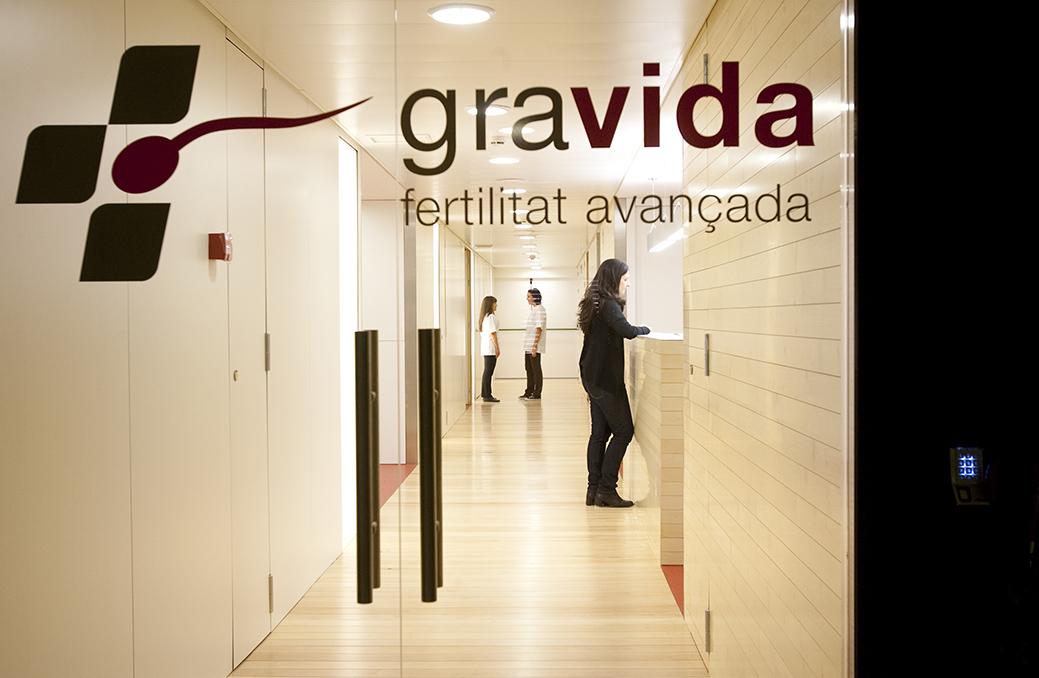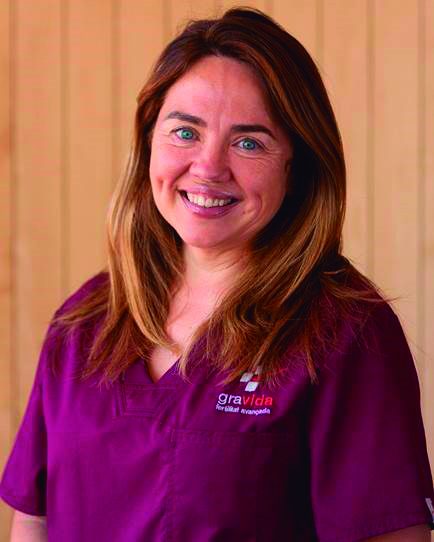
“Vitrifying oocytes after the age of 35 years is technically possible, but their quality and number decrease greatly”
Dra. Carmen Márquez, Director of Grávida Clínica de Reproducción Asistida

The daily routine in the assisted reproduction clinic Grávida is a mixture of “madness and calm”, its Director, Dr. Carmen Márquez explains. She emphasises the imperative planning and the need to always respect the biological times of the process experienced by the patients. Without any doubt, the work they carry out requires “control, knowledge, skill and lots of love.” At Grávida they have witnessed how society has changed; they have improved the technologies and new family models have appeared. Márquez considers that these changes “have led from one to another.”
In addition to fertility treatments seeking a pregnancy, they have also brought with them the need to preserve oocytes for the future. For Doctor Marquez, there are several reasons that can lead to this project. “We meet young women who have to undergo chemo or radiotherapy for treating cancer; women who wish to postpone their maternity until later on; or non-binary people and the new family models”, she explains. In fact, she adds that this year a guide called “Preservation of Fertility” has been prepared in which the methods used to protect the oocytes to be able to use them later on are described, without forgetting any group.
Thanks to the preservation of the oocytes, a woman “can decide when is a good time to become a mother,” the doctor comments. The eggs are frozen when the woman is between the ages of 23-32 years. At Grávida they indicate that this is the ideal age range that gives the best results, although the age can be extended to women under the age of 35 years. “Vitrifying oocytes after the age of 35 years, is technically possible, but we know that the quality and the number of oocytes drops greatly from this age onwards.” That is to say, “if we carry out the treatment (follicular puncture) when the ovarian reserve is very low due to the age, we might not obtain any ripe eggs, or any viable eggs or we might only obtain a very few,” meaning the probability of obtaining a pregnancy that runs to term is lower, she states. For this reason, Dr. Márquez concludes by recalling that it is Grávida’s responsibility as an assisted reproduction centre to correctly inform and disclose, explain all the pros and contras carefully about the possibility of preserving the gamete, “before the need to become a mother arises and is not achieved as the optimum age has passed.”




